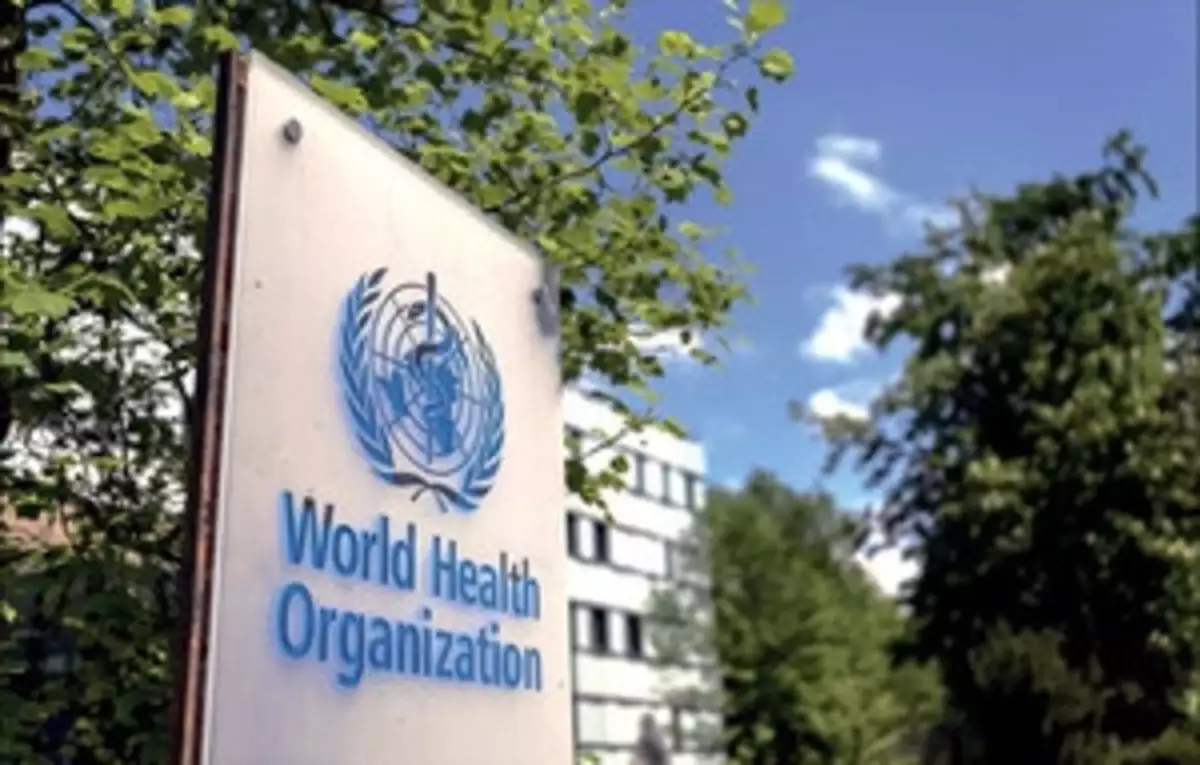New Delhi, 15 July 2025: In a landmark move aimed at curbing the global spread of HIV, the World Health Organization (WHO) has officially recommended a long-acting injectable medication to administered twice a year for HIV prevention. This breakthrough offers a powerful alternative to daily oral pills, especially for people at high risk of infection who struggle with daily medication adherence. The injectable, which provides sustained protection, could transform the way HIV prevention approached. Particularly in regions with high transmission rates and limited access to regular healthcare.
What Is the New HIV Prevention Injection and How It Works
The injectable drug, known as cabotegravir long-acting (CAB-LA), is a type of pre-exposure prophylaxis (PrEP) — a preventive approach where HIV-negative individuals take medication to avoid infection. Administered every six months, CAB-LA works by maintaining effective drug levels in the body that block the virus from replicating if exposed. Clinical trials have shown that it is highly effective in preventing HIV, offering up to 79% more protection compared to daily oral PrEP pills in some high-risk populations. Its long-acting nature means fewer doses, reduced pill fatigue, and better privacy — key benefits for those concerned about stigma or inconsistent access.
Why the WHO’s Endorsement Is a Major Public Health Milestone
WHO’s endorsement of the twice-yearly injection seen as a major step in the global effort to end HIV as a public health threat. Millions of people, especially in low- and middle-income countries, face barriers to consistent use of daily PrEP due to stigma, forgetfulness, travel, or lack of health services. By shifting to a biannual injection, health systems can improve adherence rates and reduce new infections more effectively. The move also aligns with WHO’s broader goal of expanding access to diverse, client-centered HIV prevention tools tailored to individual needs and lifestyles.
Who Can Benefit Most from the Twice-Yearly HIV Injection
The injection particularly suited for people at ongoing substantial risk of HIV. Including men who have sex with men, transgender individuals, sex workers, serodiscordant couples, and young women in high-prevalence areas. Adolescents and people facing gender-based or sexual violence may also benefit from a discreet, long-acting prevention method that doesn’t require daily attention. The convenience of only two injections per year can help reduce drop-out rates from PrEP programs and offer protection for individuals who may find it hard to access or adhere to oral PrEP regimens.
Access, Equity, and the Need for Global Rollout
Despite the promise of the twice-yearly injection, access remains a key challenge. The injectable PrEP is currently expensive and limited in availability, especially in low-resource settings. WHO has called on governments, pharmaceutical companies, and global health donors to scale up production, reduce costs, and integrate CAB-LA into national HIV prevention strategies. Equitable access is essential to ensure that the benefits of this medical advancement reach the communities that need it most. Efforts are also underway to train healthcare workers, raise awareness, and address stigma surrounding PrEP and HIV.
The Future of HIV Prevention: Simpler, Stronger, and More Inclusive
The WHO’s recommendation reflects a shift toward more personalized, long-acting HIV prevention strategies that prioritize ease, privacy, and effectiveness. With proper funding and political will, twice-yearly injectable PrEP could drastically reduce new infections and help achieve global HIV targets. As more people gain access to this innovation, it can serve as a powerful tool in reversing the epidemic’s trajectory and protecting vulnerable populations around the world.
The twice-yearly HIV prevention injection marks a turning point in public health strategy, offering hope for millions at risk of infection. With strong evidence supporting its effectiveness and WHO’s backing, this intervention could reshape HIV prevention programs worldwide. However, the success of this advancement depends on affordability, access, and inclusive implementation. As the world races to end the HIV epidemic, this long-acting injectable brings us one step closer to that goal.







